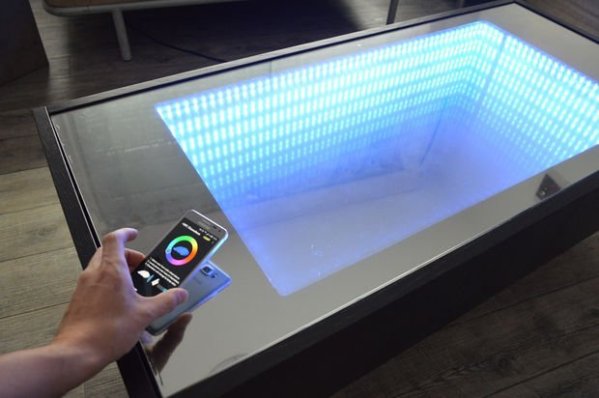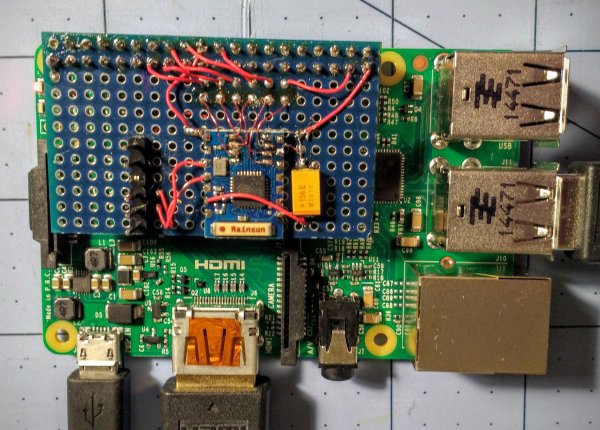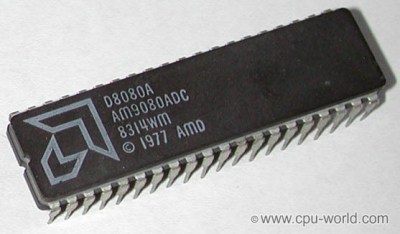This Thursday, December 10th at 5pm PST we will be hosting a live HackChat about aircraft. If it’s man-made and it files, it’s on topic! Full scale and model planes, helicopters, multicopters, gyros, blimps and gliders will be on the agenda. Our host this week will be Hackaday Community Editor [Adam Fabio] who is also the author of this well-written blog entry. In addition to being an electrical engineer, [Adam] brings 30 years of experience as a Radio Control model enthusiast. Over the years he’s worked as a professional R/C Blimp Pilot for the New York Islanders Hockey team and as an aerial photographer. On the full-scale aircraft side, he’s designed radar and air traffic control software used to keep the skies safe over land and sea.
Aircraft HackChat starts Thursday at 5pm PST (here’s a timezone cheat sheet if you need it). Participating in this live chat is very simple. Those who are already part of the Hacker Channel can simply click on theTeam Messaging button. If you’re not part of the channel, just go to the hacker Channel page, scroll to the bottom of the “TEAM” list in the left sidebar and click “Request to join this project”.
HackChat takes place in the Hacker Channel every few weeks and is a friendly place to talk about engineering and the projects you’re working on.







 First, [Cody] crushed the rock down to marble size using his homemade rock crusher. Then he roasted the rock in a tire rim furnace. The ore was so rich in lead and silver that the some of the metal just dropped right out, forming splatters on the ground beneath the furnace. [Cody] then ball milled the remaining rock to a fine powder and panned out the rest of the lead. At this point the lead and silver were mixed together. [Cody] employed
First, [Cody] crushed the rock down to marble size using his homemade rock crusher. Then he roasted the rock in a tire rim furnace. The ore was so rich in lead and silver that the some of the metal just dropped right out, forming splatters on the ground beneath the furnace. [Cody] then ball milled the remaining rock to a fine powder and panned out the rest of the lead. At this point the lead and silver were mixed together. [Cody] employed 










